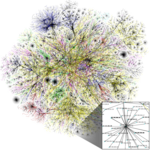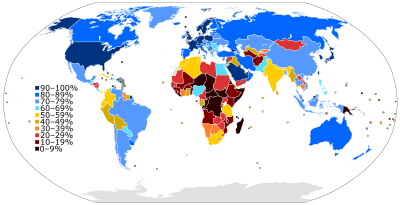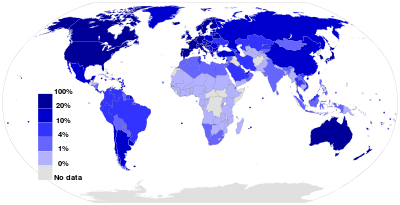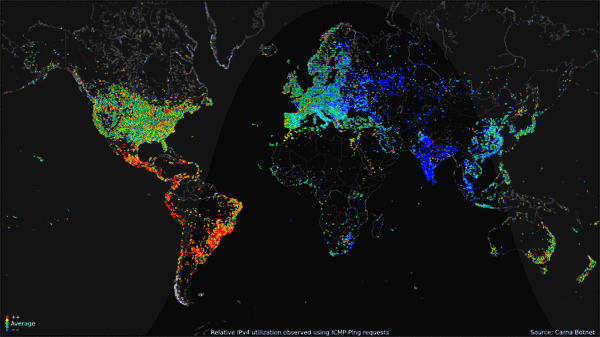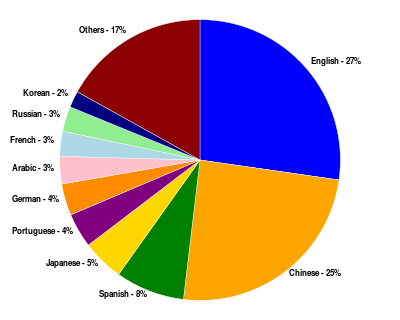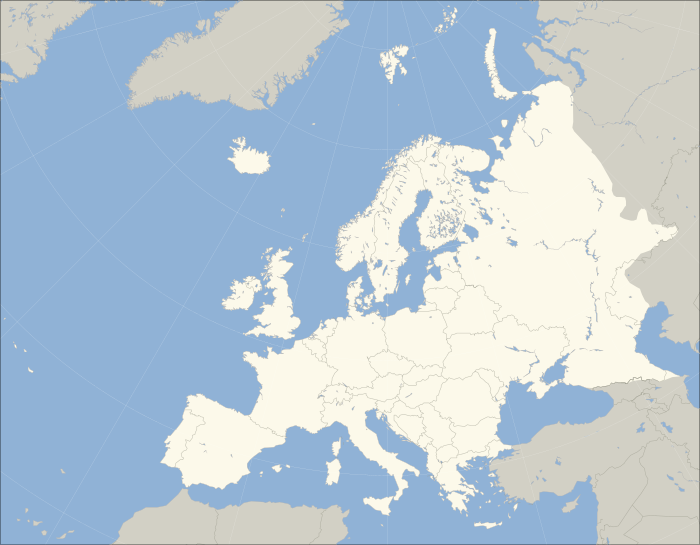From Wikipedia, the free encyclopedia
This article on global Internet usage includes tables, charts, maps, and a list of articles with more detailed information on a wide range of usage measures.
Internet users
Internet users per 100 inhabitants Source: International Telecommunications Union .[ 1] [ 2]
Worldwide Internet users [ 3]
2005
2010
2017
2023
World population (billions)[ 4]
6.5
6.9
7.4
8.0
Worldwide
16%
30%
48%
67%
In developing world
8%
21%
41.3%
60%
In developed world
51%
67%
81%
93%
Internet users by region[ 3]
Region
2005
2010
2017
2023
Africa
2%
10%
21.8%
37%
Americas
36%
49%
65.9%
87%
Arab States
8%
26%
43.7%
69%
Asia and Pacific
9%
23%
43.9%
66%
Commonwealth of
10%
34%
67.7%
89%
Europe
46%
67%
79.6%
91%
Broadband usage
Worldwide broadband subscriptions [ 6]
Users
2007
2010
2016
2019[ 7]
World population [ 8] 6.6 billion
6.9 billion
7.3 billion
7.75 billion
Fixed broadband
5%
8%
11.9%
14.5%
Developing world
2%
4%
8.2%
11.2%
Developed world
18%
24%
30.1%
33.6%
Mobile broadband
4%
11%
49.4%
83%
Developing world
1%
4%
40.9%
75.2%
Developed world
19%
43%
90.3%
121.7%
Broadband subscriptions by region[ 9]
Subscription
Place
2007
2010
2014
2019[ 10]
Fixed
Africa
0.1%
0.2%
0.4%
0.4%
Americas
11%
14%
17%
22%
Arab States
1%
2%
3%
8.1%
Asia and Pacific
3%
6%
8%
14.4%
Commonwealth of
2%
8%
14%
19.8%
Europe
18%
24%
28%
31.9%
Mobile
Africa
0.2%
2%
19%
34%
Americas
6%
23%
59%
104.4%
Arab States
0.8%
5%
25%
67.3%
Asia and Pacific
3%
7%
23%
89%
Commonwealth of
0.2%
22%
49%
85.4%
Europe
15%
29%
64%
97.4%
Internet hosts
Source: Internet Systems Consortium .[ 13]
IPv4 addresses
The Carna Botnet was a botnet of 420,000 devices created by hackers to measure the extent of the Internet in what the creators called the “Internet Census of 2012”.[ 14] [ 15]
World map of 24 hour relative average utilization of IPv4 addresses observed using ICMP ping requests as part of the Internet Census of 2012 (Carna Botnet), June - October 2012.[ 16]
Languages
Censorship
Internet censorship by country Pervasive censorship
Substantial censorship
Selective censorship
Changing situation
Little or no censorship
Not classified / No data
Source: OpenNet Initiative ,[ 19] [ 20] Reporters Without Borders .[ 21]
Internet users in Europe
See also
References
^ "Internet users per 100 inhabitants 2001-2011" , International Telecommunications Union, Geneva, accessed 4 April 2012^ "Internet users per 100 inhabitants 2006-2013" , International Telecommunications Union, Geneva, accessed 3 June 2013^ a b "Measuring digital development: Facts and figures 2023" . Telecommunication Development Bureau, International Telecommunication Union (ITU). Retrieved 2024-06-14 .^ "Total Midyear Population for the World: 1950-2050" . International Programs Center for Demographic and Economic Studies, U.S. Census Bureau. Archived from the original on 2017-04-17. Retrieved 2020-02-28 .^ a b "Percentage of Individuals using the Internet 2000-2012" , International Telecommunications Union (Geneva), June 2013, retrieved 22 June 2013^ "Measuring digital development: Facts and figures 2019" . Telecommunication Development Bureau, International Telecommunication Union (ITU). Retrieved 2020-02-28 .^ Estimate.
^ "Total Midyear Population for the World: 1950-2050" . International Programs Center for Demographic and Economic Studies, U.S. Census Bureau. Archived from the original on 2017-04-17. Retrieved 2020-02-28 .^ "Measuring digital development: Facts and figures 2019" . Telecommunication Development Bureau, International Telecommunication Union (ITU). Retrieved 2020-02-28 .^ Estimate
^ "Fixed (wired)-broadband subscriptions per 100 inhabitants 2012" , Dynamic Report, ITU ITC EYE, International Telecommunication Union . Retrieved on 29 June 2013.^ "Active mobile-broadband subscriptions per 100 inhabitants 2012" , Dynamic Report, ITU ITC EYE, International Telecommunication Union . Retrieved on 29 June 2013.^ "Internet host count history" , Internet Systems Consortium , accessed September 2011^ Stöcker, Christian; Horchert, Judith (2013-03-22). "Mapping the Internet: A Hacker's Secret Internet Census" . Spiegel Online . ^ Kleinman, Alexis (2013-03-22). "The Most Detailed, GIF-Based Map Of The Internet Was Made By Hacking 420,000 Computers" . Huffington Post . ^ "Internet Census 2012: Port scanning /0 using insecure embedded devices" , Carna Botnet, 2012^ "Usage of content languages for websites" . W3Techs.com . Retrieved 26 April 2013 .^ "Number of Internet Users by Language" , Internet World Stats , Miniwatts Marketing Group, 31 May 2011, accessed 22 April 2012^ OpenNet Initiative "Summarized global Internet filtering data spreadsheet" , 8 November 2011 and "Country Profiles" , the OpenNet Initiative is a collaborative partnership of the Citizen Lab at the Munk School of Global Affairs, University of Toronto; the Berkman Center for Internet & Society at Harvard University; and the SecDev Group, Ottawa
^ Due to legal concerns the OpenNet Initiative does not check for filtering of child pornography and because their classifications focus on technical filtering, they do not include other types of censorship.
^ Internet Enemies ^ Source: InternetWorldStats for countries of Europe , Asia updated for June 30, 2012
External links
Sovereign states States with limited
Dependencies and
Sovereign states States with limited Dependencies and Other entities
Internet in Oceania
Sovereign states Associated states Dependencies
Indices Internet Phones Other
Africa Americas Asia Europe Oceania
